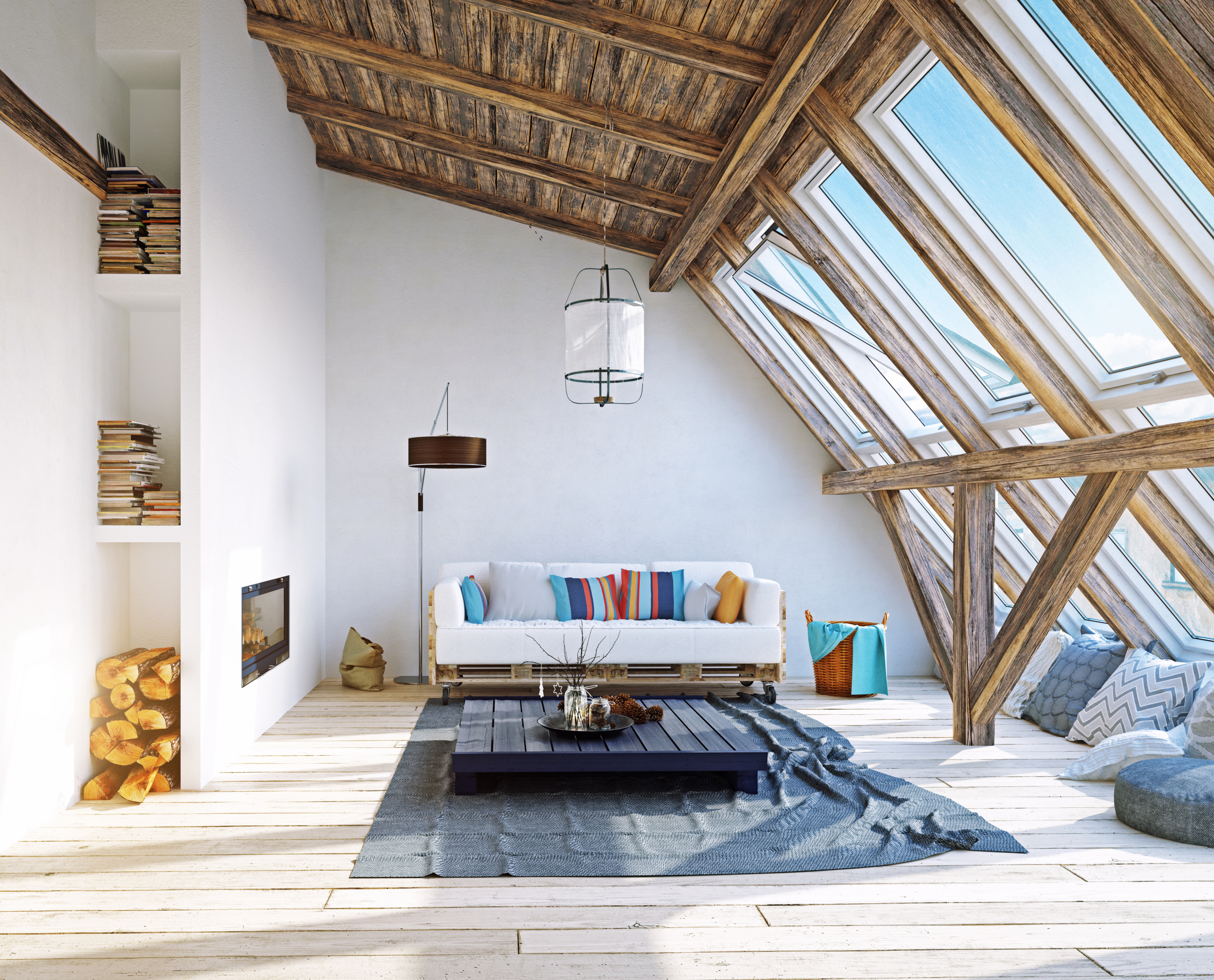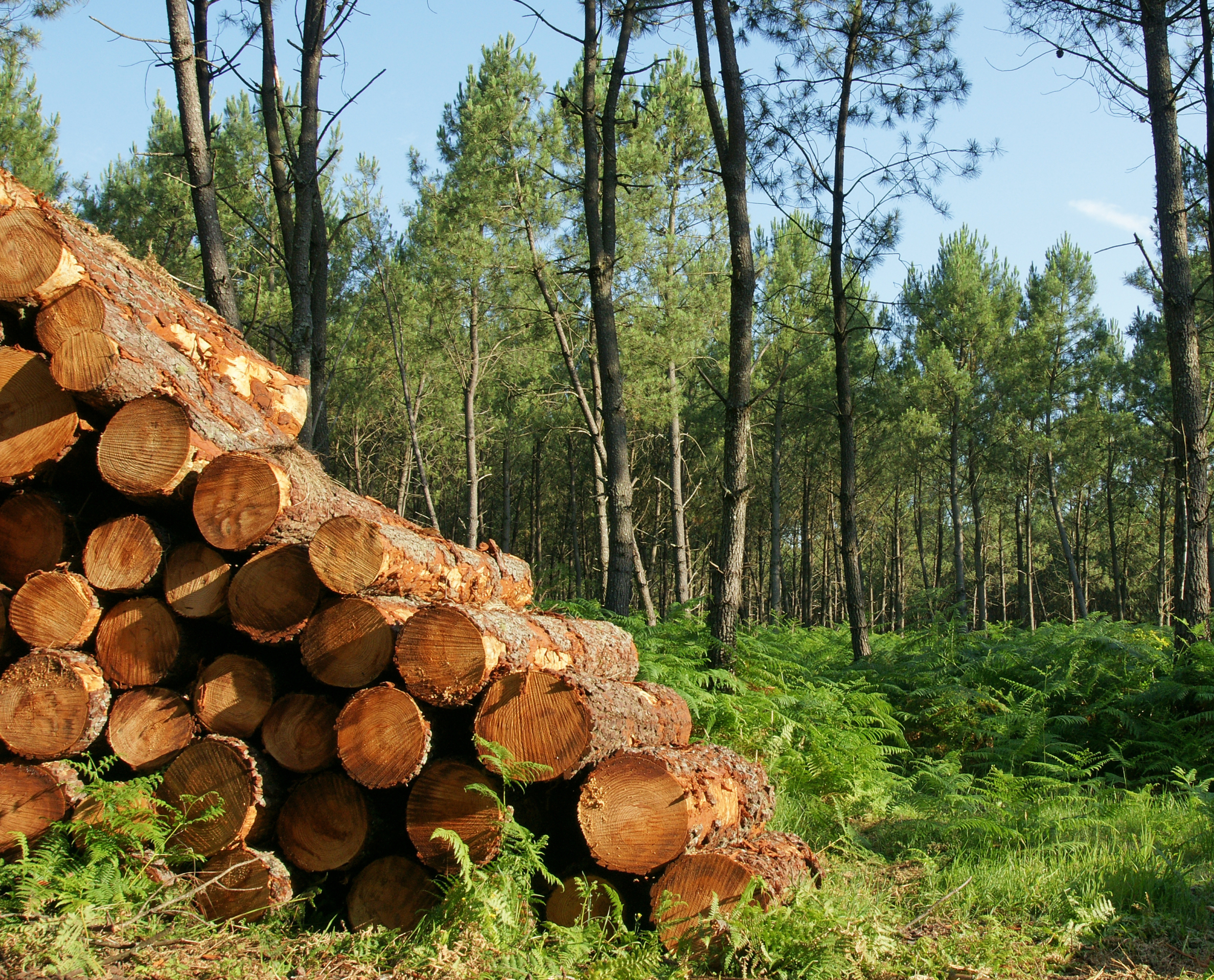The advantages of a CLT construction

Cross-laminated panels are widely used in North America for walls, floors and roofing. In Europe, it is a material that is being used more and more and is booming. CLT construction has many advantages, but it must be protected to lastover time.
What is CLT?
An acronym for Cross Laminated Timber, CLT panelsare made up of several layers of softwood (spruce, fir (spruce, fir, pine, etc.). These layers, known as folds, are stuck together at right angles. CLT panels are available in thicknesses of 3, 5 or 7 plies.
This process differs from glued laminated timber (CLC) in the way the layers are arranged. Glulam is made up of several parallel layers of wood.
Lower environmental impact than concrete
Made from solid wood, CLT is environmentally friendly. Greenhouse gas emissions are estimated at 180kg of CO2 /m3 for CLT construction, compared with over 500kg of CO2 /m3 for concrete.
When you consider that the construction sector accounts for 44% of the energy consumed in France and emits more than 123,000,000 tonnes of CO2/per yearper year, it is important to take this criterion into account.
In addition, the use of timber allows for more sustainable consumption, as wood is a renewable resource.
A high-performance, lightweight material
Mechanical stability and seismic resistance may vary depending on the number of plies and the structure of the construction as a whole. Its thermal performance is also improved: the fact that the plies are criss-crossed and the panels are glued together means that no air can get through. What’s more, it doesn’t take up much space (it’s between 0.5cm and 5cm thick) and it’s lightweight!
Faster installation
Finally, the cross-laminated panel is prefabricated and cut to size in the factory. The plans have to be prepared meticulously, but once the timber has been of the timber is almost child’s play!
Unlike concrete, which requires time to dry, cross-laminated panels can be assembled without delay (walls, windows, roof, etc.).
A significant reduction in construction time, appreciated by craftsmen and customers alike!
CLT panel regulations
Depending on its function and location in the building, the CLT element must be usable in conditions corresponding to a class of use defined according to the risks of biological attack (insects and fungi). In general, CLT structures must be designed for use class 1 or 2 in accordance with European standard NF EN 335 : Durability of wood and wood-based materials – Definition of classes of use.
- Class 1: indoors, no humidification, only risk of insects. Ex: parquet [flooring]
- Class 2: indoor, risk of accidental/temporary wetting, risk of insects/fungi. Ex: structure
The AXIL CLT SYSTEM concept enables CLT structures to be stained and protected for the long term.




